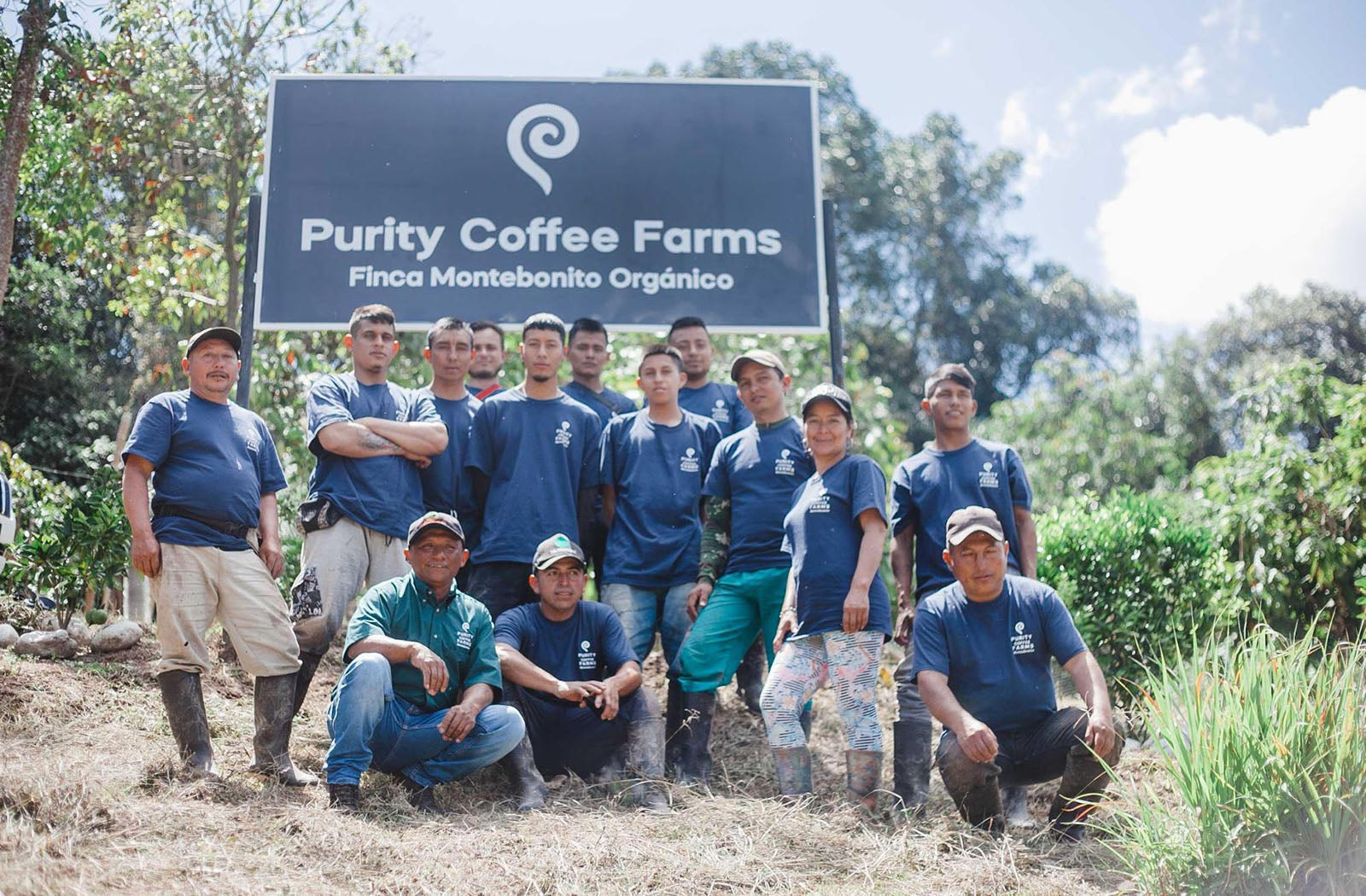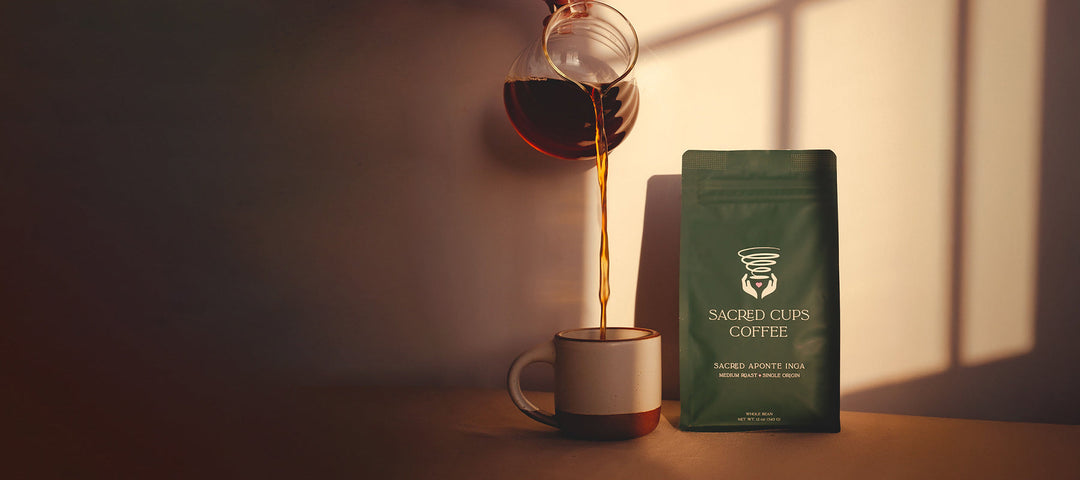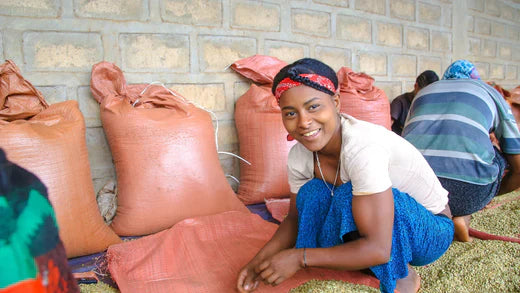It has been over a year since we bought a coffee farm in Colombia with partners who are specialists in the main aspects of the coffee supply chain. Together, we seek to develop and advance systems for producing and exporting the healthiest coffees and to document the conversion of the farm from conventional farming to regenerative organic farming of chemical free coffee. Consumers seeking clean, health-focused practices often turn to organic cold brew coffee, which reflects the same commitment to quality and wellness.
Over the next year, we’ll spotlight different aspects of farming and processing to paint a more detailed picture of the components that make up a healthy coffee and how they support wellness.
One way to look at healthy coffee is “the presence of good stuff and the absence of bad stuff.” We research and strive for the highest levels of the “good stuff” in our coffee: Polyphenols (like CGA), trigonelline, diterpenes, melanoidins, polysaccharides, N-methylpyridinium, β-carbolines, minerals and many other compounds. Our focus includes producing high chlorogenic acid organic coffee, and we test green coffees for some of these and test our roasted coffees for others, making decisions for products based on health. Part of this process also means ensuring pesticide free organic coffee beans so that the absence of harmful compounds supports the presence of beneficial ones.
A major area of study for Purity on the farms will be cultivars or varieties of the coffee plant. For many consumers, accessing these benefits through the best organic coffee subscription ensures consistency while exploring healthier options. Are some cultivars able to deliver more health benefits than others? Do some cultivars make people feel better? These are difficult questions to answer because of the inherent complexity of coffee. Coffee “beans” (seeds) are composed of hundreds of compounds that change to hundreds of other compounds during roasting, and different levels of those compounds are extracted during any number of different brewing methods. For many consumers, enjoying options like pure ground coffee highlights how the choice of cultivar is just one variable in the possibility of creating healthier coffee. In other words, the coffee cultivar is just one variable in the possibility of creating healthier coffee.
We use the term “cultivar” instead of “variety” because the plants are cultivated varieties. We avoid the term "varietal" because it has been misused in the coffee industry as a synonym for variety, cultivar and even landrace.
Below is a drone photo of one of the lands (Lot 4) on the farm early last year that needed replanting.

The land had to be cleared of 6,000 old coffee plants that were not producing well. Those plants will be used as firewood on the farm (photo below).

At Purity, we remind ourselves often that when we have decisions to make about our coffees, health should be the primary driver. However, on a farm, we have to consider other factors to make sure the plant can be at its healthiest, such as microclimate, precipitation patterns and amounts, pests and pathogens, and water availability, among others.
From seed to cup, health guides our every decision.
We sent several different green coffee samples to the lab to see if there was some useful nutritional information that might help us decide what to plant. We narrowed down our choices to three different cultivars to test on our farm: purple caturra, pacamara and rose bourbon. Over the course of the year, we planted 24,587 coffee seedlings of these cultivars in five lots that needed replanting.
Below is a view of Lot 4 in August, which shows intercropping of banana plants with the young pacamara and purple caturra coffee in the foreground and older coffee (6-year-old) in the lot in the background. Prior to planting, workers dug the holes for each seedling and added organic compost that was augmented with nutrients and microorganisms to encourage plant growth and prevent fungal infections of the seedlings’ root systems.

We planted both cultivars in the same lot so that they would have equal experiences in terms of soil composition, rainfall, sunlight, temperature and other inputs. That way, when it is time to harvest, the variables of the cultivar will be able to be measured more accurately (we hope) when we send the samples for laboratory testing for nutrients, antioxidants and minerals.
Here is drone footage of Lot 4 in August:
Below is another photo of Lot 4 in November—4 months after being planted.

We will need to wait about 2 more years before we have a harvest off of this land and are able to send the coffee to the lab for testing. We’ll also be able to measure things like yield per plant, rate of ripening, etc. We’ll also be able to monitor the cultivars as the plants age to see what changes there are in the composition of the coffee over time. In the meantime, our team on the farm will be working with care to help create outstanding, healthy coffees of the future.

It's been an exciting first year! In our quest to be the best source of coffee for your health, we realized that we had to better understand how coffee is grown and what differences we care about that are best for the environment and your health. If you feel that you can contribute in any way, we want to hear from you! Real change often comes from outside the coffee industry, and we are open to any ideas or feedback you may have. Please feel free to drop a line in the comments if you have a question, any suggestions, or a contact that you could make. Thank you for following along with us on this journey!
16 comments








Thank you for the update. Enjoyed reading where your company is going.
Excellent, detailed coverage of all that goes into making the finest product possible for such an enjoyable beverage that coffee is.
Thank you for sharing this exciting and sustainable growth. I have been a customer for almost a year and I am constantly supporting your efforts any way I can. There are so many wonderful things about Purity, the company, the products and your mission! Blessings to you all. ❤️🙏
This is so encouraging. People actually showing the process of their testing, growth, farming, harvesting so that we can truly trust the company and their product. This is the best coffee I have ever had, and I’ve NEVER felt so good as I do now. It all makes sense! Thank you for the transparency and making HEALTH the #1 goal.
Thank you for educating us which further cements our trust in you!
Leave a comment